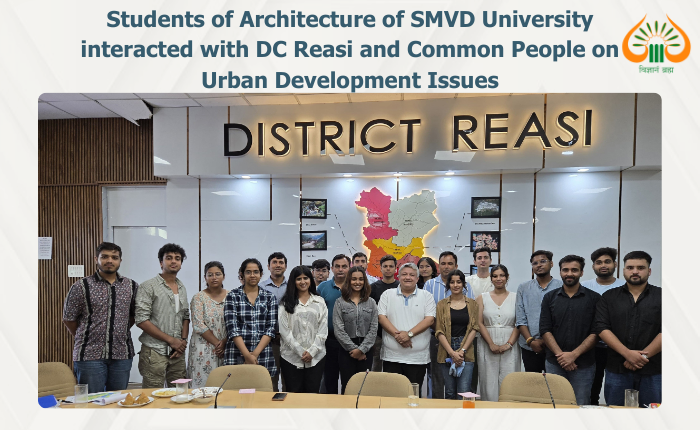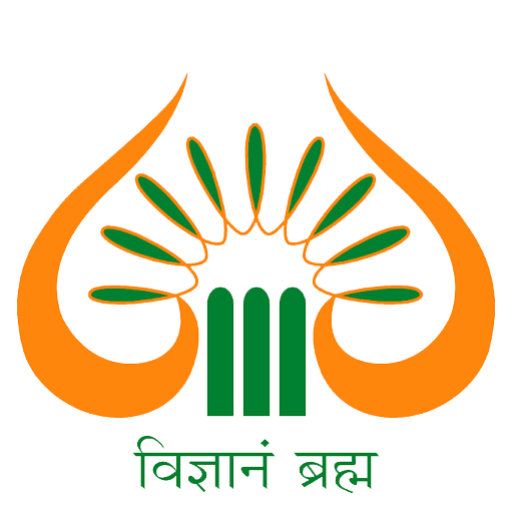SMVDU: The 9th semester students from the School of Architecture and Landscape Design (SoALD), Shri Mata Vaishno Devi University (SMVDU), recently embarked on an in-depth site visit to Reasi. The trip was organised and supported by Head SoALD, Ar. Abhiney Gupta, and course coordinators, Ar. Aditya Kumar Singh and Ar. Vinod Kumar, and supported by student coordinators Aditya Agrawal and Vanshika Singh, on 16th August 2024. This visit was a crucial part of their academic journey, aimed at understanding the complex dynamics of urban and architectural challenges in the region. In this project, five sites were identified for potential urban development, which were distributed among five groups of students, each site of significant importance within Reasi: Bhimgarh Fort, the District Hospital, the Chenab Riverfront, the Railway Station, and the DC Office. These sites were carefully chosen to represent a broad spectrum of the city’s architectural and infrastructural landscape, allowing the students to engage with a diverse set of challenges and opportunities. Throughout their visit, the students actively engaged with the local communities, conducting detailed surveys to gather firsthand information on the issues faced by the residents. This direct interaction provided invaluable insights into the everyday lives of the people of Reasi, revealing both the visible and underlying challenges that the community grapples with. The students’ approach was holistic, as they not only focused on the specific sites but also studied the entire city to understand how these individual locations fit into the broader urban context. A pivotal moment of the visit was the students’ meeting with the DC Reasi. During this discussion, the DC highlighted several pressing issues that the region faces, including significant water blockage problems and the ongoing challenges related to road infrastructure. These insights from the DC were instrumental in shaping the students’ understanding of the region’s needs and expectations. The interaction underscored the importance of their projects in addressing these real-world challenges. The visit served as a vital educational experience, equipping the students with a deeper understanding of the intricate relationship between architecture, infrastructure, and community needs. By engaging with local residents, surveying the area, and studying the city’s overall layout, the students were able to identify key areas where architectural interventions could have a meaningful impact. As they prepare to translate these insights into their final year projects, the students are now better positioned to develop site-specific proposals that not only address the immediate challenges identified but also contribute to long-term, sustainable solutions for the Reasi region. This collaborative effort between the students, their mentors, and the local community represents a significant step toward creating architectural solutions that are both innovative and deeply rooted in the needs of the people they are designed to serve.

